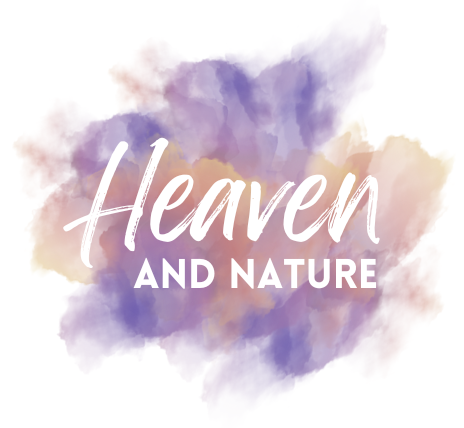Tent camping vs hammock camping—which one is right for your next trip? It depends!

I’ve done a fair amount of camping. So I have in mind what I know I need to take—with slight edits based on what kind of trip it is.
This list has been built over time and from experiences all around the world.
The items at the top of the list are likely there because, at some point in time, I forgot it and learned my lesson really fast! Like the time I forgot fuel to cook the food on a backpacking trip—0/10 would not recommend!
One of those supply lists that I have in my head is what I will need for my sleeping accommodations.
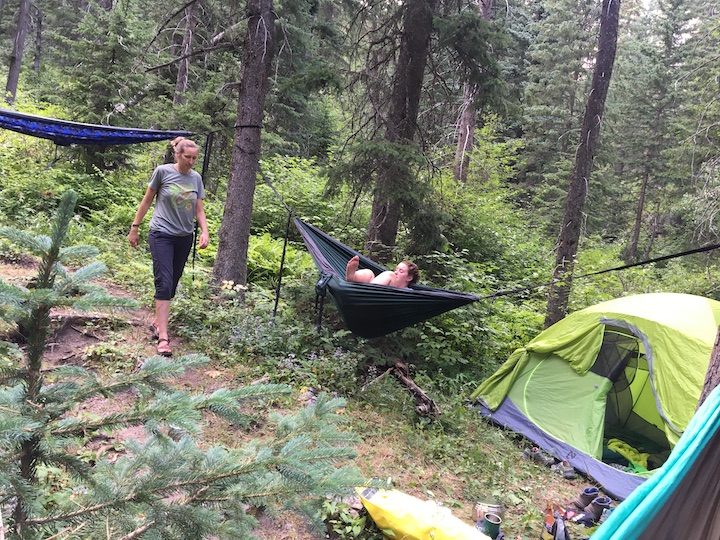

When thinking about shelters for camping, there are two common types I want to compare and contrast:
- Tent camping
- Hammock camping.
Both are great! However, both require a different supply and requirements list.
(Keep in mind this article is not a comprehensive list for your trip. This will just compare the supply lists for the sleeping portion of your packing list. These sleeping accommodations are comparable whether backpacking or campground camping with minor variations.)
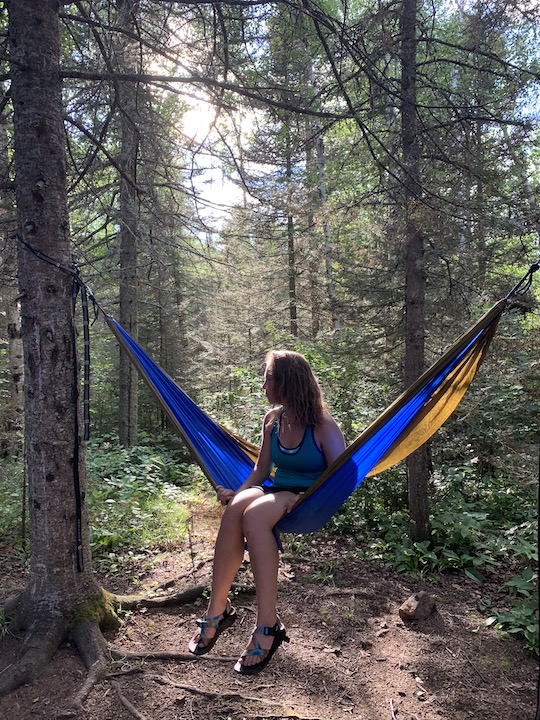
Terrain
First things first—what is your terrain like?
Will there be trees appropriate to hang your hammock from? Or will you end up using it on the ground like a tarp?
Cowboy camping under the stars is fun! But not when it’s your only option and you’re getting soaked because of it!
Will there be places on the ground that are large enough and flat enough for your tent? Or will you end up sleeping on a hill with your neck on a tree root and your feet in a puddle?
Weather
What is the weather looking like?
Does a hammock setup provide you with enough shelter from the elements to stay safe on your trip?
Think about low temperatures at night, and projected wind and rain forecasts.
A hammock setup can definitely be lighter and take up less space in a pack. A bonus for the ultralight crowd!

Gear List for Each
Now we’ll compare the actual gear lists, and discuss a few differences:
| TENT CAMPING | HAMMOCK CAMPING |
| Tent Tent footprint Sleeping bag Sleeping pad (Optional) Cot | Hammock Hammock straps Sleeping bag (Optional) Sleeping pad Underquilt |
| Rainfly Tent stakes Rainfly stakes | Rainfly Mosquito net Rainfly stakes |
| Optional: Rope Extra tarp/rainfly Extra tarp for the ground |
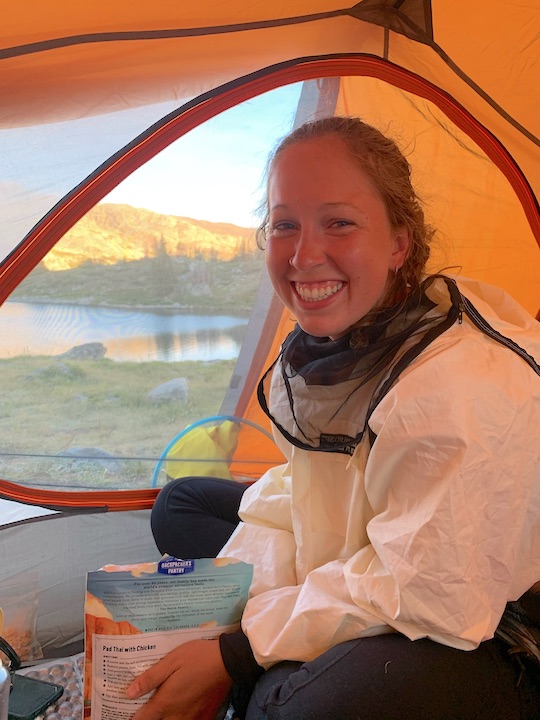
Tent vs Hammock: Main Differences
Okay, now let’s look at some of the main differences:
The tent needs a footprint under it to help keep your floor dry.
A hammock is suspended and the bottom shouldn’t touch the ground. However, if the ground might be muddy and you’ll want someplace to keep your shoes or put your pack, an extra tarp or footprint is useful.
A hammock also provides the best temperature regulation when an additional layer of the underquilt is added. Even a warm night can be chilly with half your body exposed to the air under your hammock. Lots of your body heat will be sucked away from you without an underquilt.
In a tent, your sleeping pad provides that insulation.
What About Bugs?
Bugs: a mosquito net with a hammock allows you to not get eaten alive all night. A tent has that feature built-in.
I’ve heard of people adding a layer of magnets at the edges of their hammocks for more protection from insects and for temperature regulation. This isn’t as secure against insects as a mosquito net that’s designed to attach to your hammock and completely surround you, though.
Rain?
A rainfly is beneficial for both setups. But consider that your backpack is usually in your tent or a vestibule but will not fit in your hammock.
Consider bringing an additional tarp and ropes to add a second cover over the top of your hammock. Rainflies designed for hammocks are attached right overhead. They’re usually not designed with much extra coverage for items on the ground beneath you. If the wind is blowing rain sideways, your shoes, pack and anything else will get very wet!
When tent camping, for added comfort some choose to bring a cot instead of sleeping on a pad on the ground. That isn’t an option with a hammock.
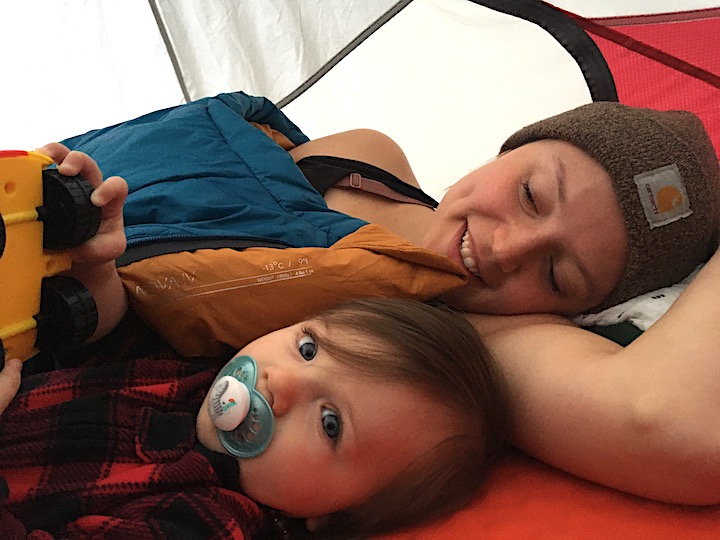
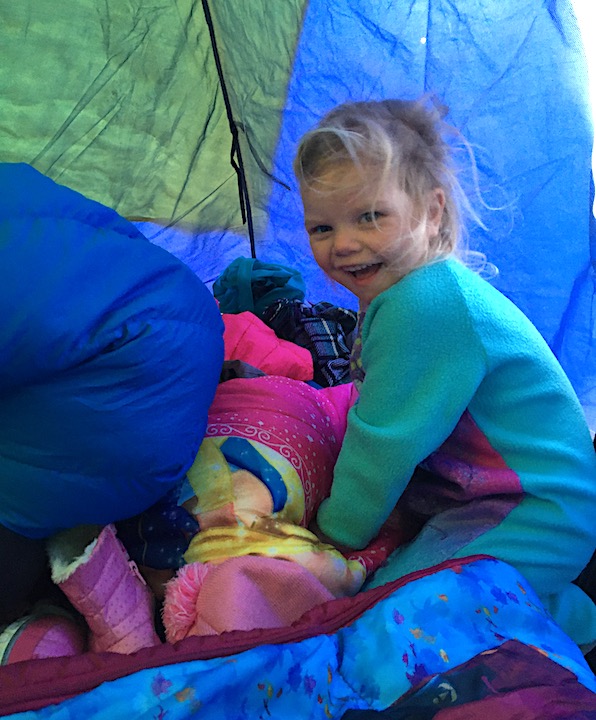
Sleeping Positions
Hammocks limit your sleeping positions a bit. They put your body at a curve that varies by how close together your hammock ends are and how curved the fabric is designed to be.
Hammock sleep systems attached to permanent locations (such as in buildings) can be entirely flat. But the kind of hammock sleeping we’re talking about will always have some type of curve.
Do you have a history of musculoskeletal concerns like back issues? If you do, please talk to your medical provider before you choose a sleep system.
There’s some advice surrounding the optimal sleep angle and how to achieve this with hammock camping. See this article to reference that information!
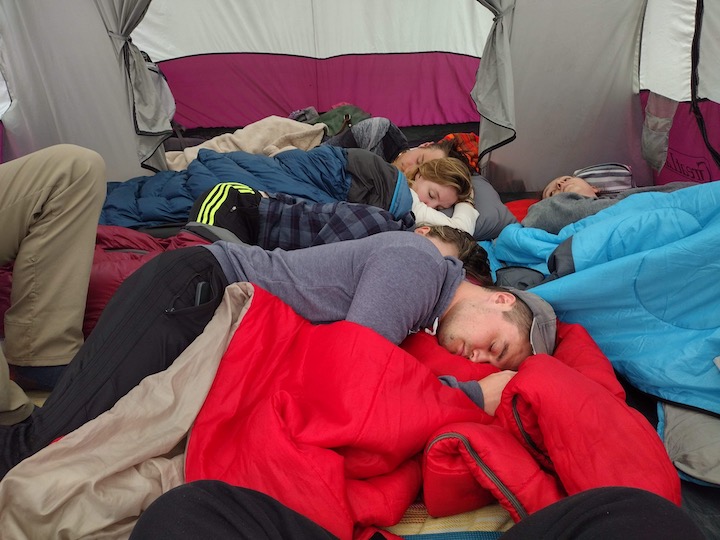
If we had all packed hammocks to sleep in, we would‘ve had to hunker down individually. (photo courtesy of Janessa Scherb)
Bring a Hammock Along Anyway
You may decide to sleep in your tent for the trip. But that doesn’t mean bringing hammocks along isn’t a great addition to your campsite!
They’re great nap spots and perfect for extra seats instead of sitting on the ground.
And crawling into a hammock at the end of a full day of camping is a moment of pure bliss!
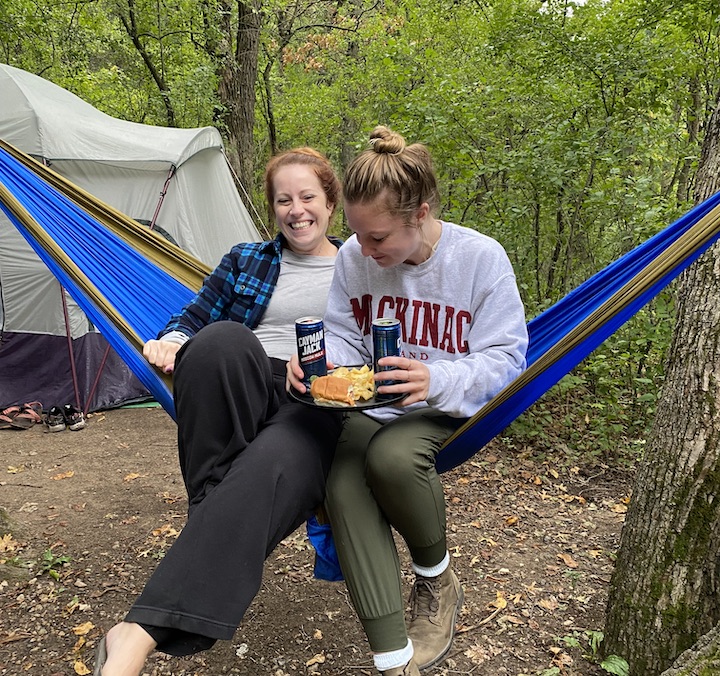
Is There an “Ultimate List”?
Most of this list came from my experience, but I wanted to make sure I wasn’t missing anything.
Different people have different preferences when it comes to what they have to have with them and where they’re willing to cut some weight out of their pack. So keep in mind these are recommendations, not rules.
As I looked around the internet to double check my list, I saw so many websites advertising “the ultimate list for…” or “the complete gear checklist for…”
So many websites seemed to assert their expertise as being the best or most complete list one could possibly find.
There are many excellent posts that I referenced in writing this and I want to give them credit as well. Those websites are here, here and here. I highly recommend checking out these links!
But, because of the nuances of personal preference, weather, type of trip and terrain, it’s difficult to create a truly comprehensive list for every person and every circumstance.

There Isn’t Really an “Ultimate” Life List Either
This concept can also apply to our perspective surrounding life and engaging with the world around us!
There are so many times in life when we need to look at our circumstances and determine the right set of strengths needed. To balance our strengths and weaknesses within that.
There are foundational things—like don’t forget the tent. But there’s truly no “best” or “most complete” supply list. Everyone has preferences, and different trips may require different supplies.
Similarly, there are foundational character qualities that are important for every human to have. But there’s no ultimate or best list of strengths and abilities.
We’re all gifted in different ways. Those of us who believe our strengths and gifts are God-given believe these differences are what makes us truly shine in community with one another.
Our differences in strengths and our unique needs help us learn to depend on God and each other. They teach us to appreciate perspectives that are different from our own.
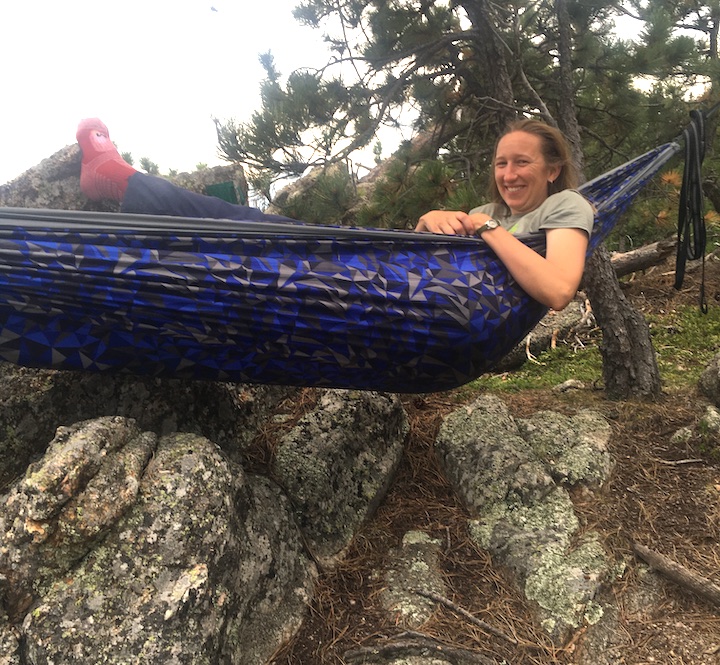
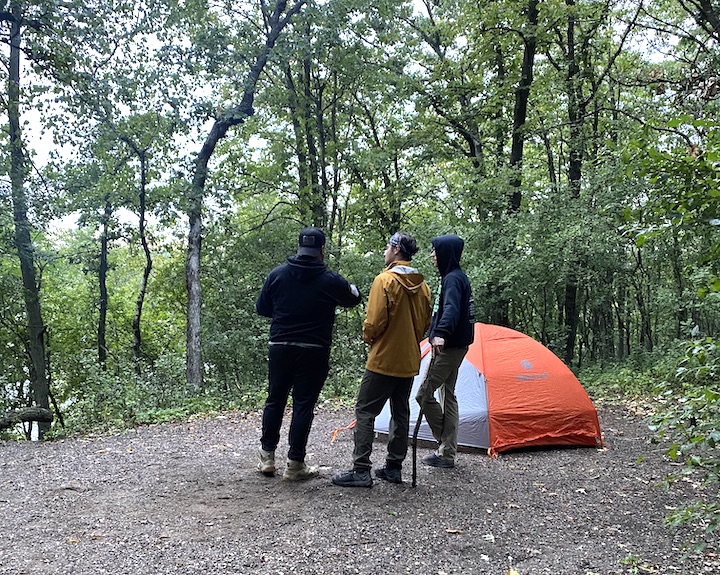
But if you can find a spot to stack your hammocks or hang them in a circle, it’s also so fun to hang out together in them! We used to call that “hammock city” when I worked at a summer camp. The whole staff would bring their hammocks to one spot for Bible study!
Wrapping Up
What necessary items are on your packing list for your sleeping accommodations?
Did I miss any? Feel free to respond and let us know! To get a deeper dive into tents and how they connect to our faith walk, read How to Widen Your Tent Pegs.
P.S. I feel an honorable mention is due for this article. Many thanks to my best friend and camping pal Lydia for taking so many random candids of me in tents over the years!

Here’s more…
- Ideas for Devotionals for Your Next Camping Trip
- Camping Cabins: A Great Alternative to Motels & Tents
- Build Memories through Outdoor Travel & Recreation
- It’s a Joy to Remember Our Outdoor Adventures - August 8, 2024
- 9 Free Devotionals for Your Next Camping Trip - July 18, 2024
- What Valuable Lessons Pearls Can Teach Us - June 6, 2024
